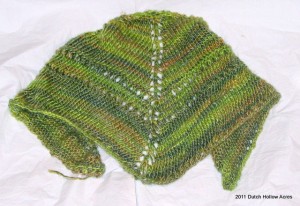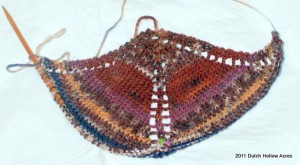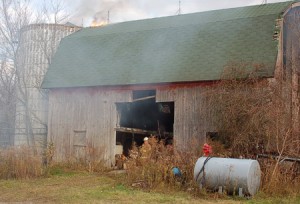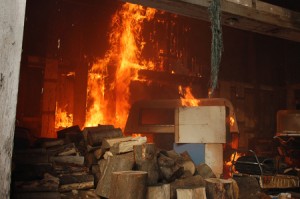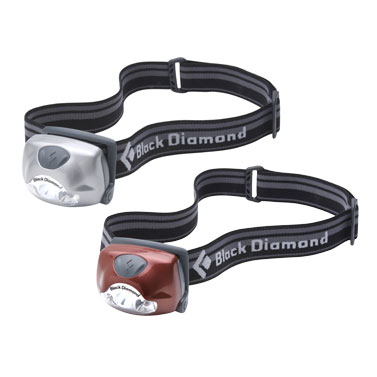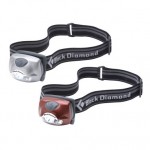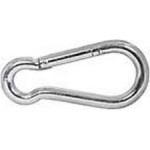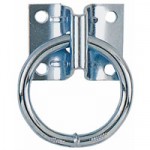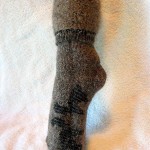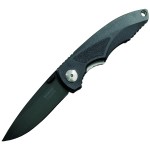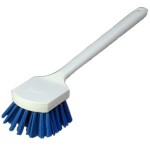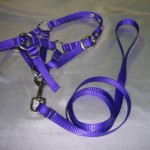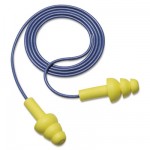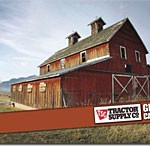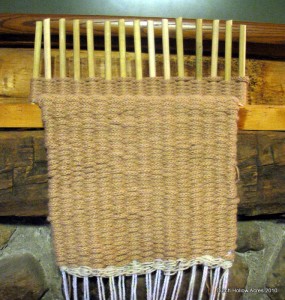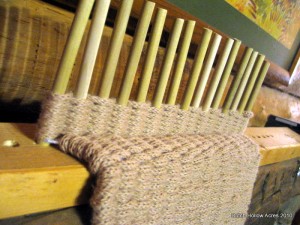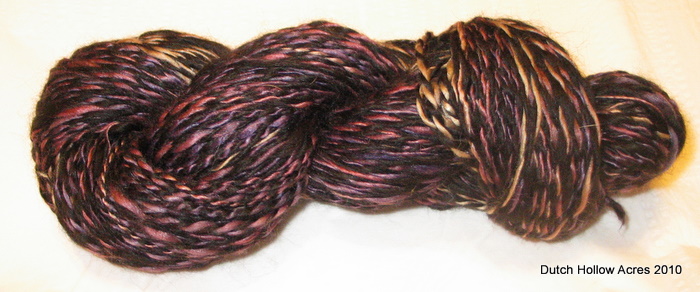If you happen to follow me on Twitter or Facebook you’ll know that I usually toss out a “today in history” blurb. I was inspired by one of these for today’s FAF post.
Monday might have been Valentine’s Day but it is also another exciting day in US fiber history. In 1974 the first US Textile Patent went to James Davenport of Philadelphia. His first mechanical invention was used for carding and spinning wool followed closely on February 24th for another patent for weaving and beating sail duck.
I found an advertisement for the invention and was floored by the use of boys for the labor. Obviously this was way before labor laws.
The following was from h-net.org
Advertisement in Massachusetts Mercury, Aug. 24, 1798, in William R. Bagnall, Textile Industries of the United States, I (Cambridge, Mass., 1893), 225.
James Davenport received the first patent issued in the United States for his spinning machinery in Philadelphia (1794). He set up his machinery for spinning and weaving by water power at the Globe Mills, Philadelphia. The labor was chiefly performed by boys, one of whom was able to spin 292,000 feet of flax or hempen thread in a day of ten hours.
Spinning by Machinery
Into Thread and Twine
James Davenport proposes to sell or erect his Machine for spinning Hemp, Flax and Tow; he will complete it, and let it to work, and instruct any person inclined to purchase. These who have seen the machine at work will allow that the subjoined statement is strictly correct.
Thread. Two boys and one man can spin from 20 to 60 lb. per day; according to the fineness, regular and even.
Twine, Seine, or Sewing. This Machine will double twist, and finish from 50 to 60 lbs. per day, with 3 boys from 10 to 12 years old, which for regularity and excellence cannot be surpassed by the twisting by hand of the best workmen.
Any person willing to treat for the purchase of this invaluable invention, may hear the terms by applying to J. Davenport, at John Baker’s Hotel, Water-street.
Wanted, A Partner, who will find it advantageous.
While reading away on Mr. Davenport I couldn’t help but notice how his inventions on spinning and carding wool helped our struggling young nation. Because England was taxing the begeezus out of the colonies the Americans revolted as we all know. During this time England practically cut off textile imports and the Americans boycotted anything from England anyway making Davenports textile inventions quite the news in its day.
That was until the greatest textile related patent on March,14th 1794.
Any guesses as to what it was?
Let’s make it fun… For anyone who comments below with the correct answer I’ll put your name in a drawing for a surprise handmade goody. Drawing will be held on Saturday 2-19-2011
******************************************
Naturally the ultimate question is what have I been up to this FAF? Well things have settled down finally and I’ve been hard at work on my shawl which has turned into a shawlette since I ran out of yarn (drat!). I wasn’t happy with any of the patterns I found so I ended up winging it. Thankfully I wrote everything down so I’ll eventually have the pattern posted sometime next week.
Here’s a photo of the shawlette finished yet un blocked.
New on my needles now a funky sock yarn shawl. Being sock yarn I expect I’ll be at this one quite a while even with #6 needles.
Check out the folks below for more for fiber goodies.
